
REVIEW: New York: A Documentary Film
It’s been called the city that never sleeps, the Metropolis of America, the Capital of the World or simply, the Big Apple. Whatever names it goes by though, few places on Earth have exerted such a profound influence upon the Western cultural and political imagination as New York City. Beneath the bright lights of its stunning skyline, distinct boroughs, diverse inhabitants and rich cultural heritage, New York’s past is littered with the conflicts, tragedies and success stories that characterise the development of the modern world.
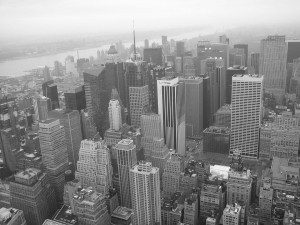 Originally produced as a five-part documentary series in 1999 with three subsequent episodes produced between 2001 and 2003 (the final in response to the events of 9/11), Ric Burns’ New York: A Documentary Film is as comprehensive in scope and detail as the city is large.
Originally produced as a five-part documentary series in 1999 with three subsequent episodes produced between 2001 and 2003 (the final in response to the events of 9/11), Ric Burns’ New York: A Documentary Film is as comprehensive in scope and detail as the city is large.
Proceeding chronologically from the area’s establishment as a Dutch trading post in 1609, Burns’ work traces the history of New York (originally ‘New Amsterdam’) through a series of key historical events and figures that shaped the city. While the place would eventually fall under British rule before American independence, the film suggests that the colony’s financial role in these early years would come to define the character and soul of contemporary New York as the ‘birthplace of modern capitalism’.
As the documentary progresses, the overriding portrait of New York is that of a city whose destiny would prove inseparable from the fate of the nation that rose up around it. In dealing with clashes over slavery, immigration, working conditions, economic depression, together with the industrial innovations and public works programs that led to its status as a metropolis, New York provided a political and architectural blueprint for the American city.
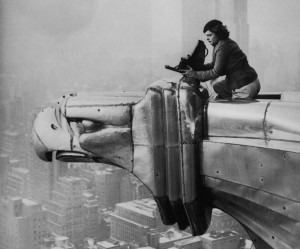 Drawing on a wealth of archival material together with numerous interviews (with the likes of filmmaker Martin Scorsese, poet Allen Ginsberg, and former mayor Rudolph Giuliani) Burns weaves the near 13-hour documentary into a rich and compelling tapestry of urban history. In particular, the reading of works by Walt Whitman, F. Scott Fitzgerald and others evoke the poetry of the New York streets in its varying dimensions, where abject poverty and suffering is often contrasted with grandiose excess and awe-inspiring beauty.
Drawing on a wealth of archival material together with numerous interviews (with the likes of filmmaker Martin Scorsese, poet Allen Ginsberg, and former mayor Rudolph Giuliani) Burns weaves the near 13-hour documentary into a rich and compelling tapestry of urban history. In particular, the reading of works by Walt Whitman, F. Scott Fitzgerald and others evoke the poetry of the New York streets in its varying dimensions, where abject poverty and suffering is often contrasted with grandiose excess and awe-inspiring beauty.
And while the discussion of New York is not without the occasional hyperbolic ascription (“The greatest city on Earth”, “The cultural and economic capital of the world”) Burns’ documentary also approaches the city at a critical distance. At the end of the series and in spite of the trauma of the events that transpired on September 11th 2001, the documentary avoids any simplistic or jingoistic assessment of the attacks on New York. As a voice-over in the final episode describes:
“By the dawn of the 21st century, New York had also become one of the most strangely paradoxical cities on Earth. At once bewilderingly diverse and cosmopolitan and yet in many ways surprisingly insular and inward looking, as if the process of globalisation had mainly meant gathering in the world’s peoples and riches without involvement in the world’s deep conflicts and divisions.”
The impression of New York that Burns leaves us to contemplate is that of a city irrevocably altered by the events of 9/11. Gone is the sense of insularity and ambivalence that once existed. In its place, an undeniable realisation of the city’s symbolic importance to global affairs had begun to emerge. In the context of history, then, Burns’ wonderful cinematic magnum opus ultimately manages to look both ways at once; detailing the city’s rich past while glimpsing into its future, one in which New York and its people will undoubtedly continue to shape the rest of the world.
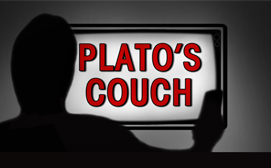

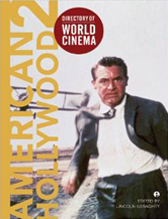
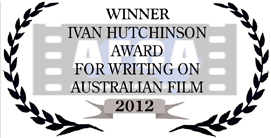
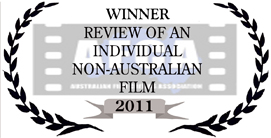
RSS feed for comments on this post. TrackBack URI